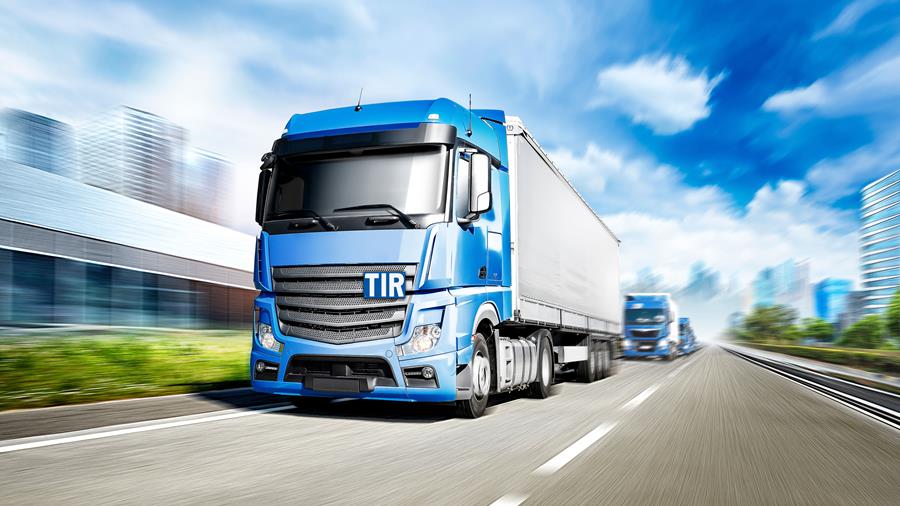The European Commission’s proposal to extend toll exemptions for zero-emission heavy-duty vehicles is a welcome step but broader Eurovignette reforms are still urgently needed.
IRU welcomes the European Commission’s proposal to extend toll exemptions for zero-emission heavy-duty vehicles, including trucks, to help encourage their market uptake. The Commission’s proposal extends the current exemption from road tolls and user charges for zero-emission heavy-duty vehicles from 31 December 2025 to 30 June 2031. Announced in the Industrial Action Plan for the European automotive sector, the measure aims to support the competitiveness of sustainable road transport to help boost the market uptake of zero-emission vehicles and align with the EU’s CO₂ emission performance standards, which target a 43% reduction in emissions from new heavy-duty vehicles by 2030.
IRU EU Advocacy Director Raluca Marian said, “Extending toll exemptions is a much-needed signal of support for early movers investing in zero-emission vehicles. It acknowledges the reality that incentives, not penalties, are what truly accelerate decarbonisation in commercial road transport. However, IRU urges EU policymakers to address key gaps in the broader Eurovignette framework to ensure a fair and effective transition to low- and zero-emission road transport.”
IRU stresses the need for urgent action in the following key areas:
1. Including other low-carbon fuels: Vehicles powered by alternative liquid and gaseous fuels, such as e-fuels, carbon-neutral fuels, biofuels, and biofuel blends, should also benefit from substantial toll reductions to support immediate lowering of CO₂ emissions in transport through the uptake of clean fuels.
2. Earmarking of CO₂-related revenues: A temporary, mandatory allocation of all CO₂-related toll revenues to support the commercial road transport sector’s decarbonisation efforts is essential.
3. Avoiding double taxation: The current framework allows Member States to impose multiple CO₂-related charges (e.g. rate variation and external cost charges), which risks overburdening operators and undermining investment in clean technologies.
“At this critical stage, when the sector must scale up its investment in zero-emission vehicles, which remain significantly more expensive, a temporary earmarking of CO₂-related toll revenues to support this transition is essential,” concluded Marian. “Without this, many operators will struggle. Moreover, the Eurovignette framework must go further by recognising the contribution of low-carbon fuels already reducing CO₂ emissions. An inclusive and balanced approach is the only way to ensure a fair and effective green transition.”
The proposal will now be reviewed by the European Parliament and the Council under the ordinary legislative procedure.
Similar News




